Back in 2014, Stans NoTubes announced their very first carbon wheelset called the Valor. Seeking to combine the lightweight of their alloy Race Gold wheels, with the stiffness and strength of the burlier Arch and Flow rims, the Valor promised all of this and more thanks to its high-zoot carbon construction.
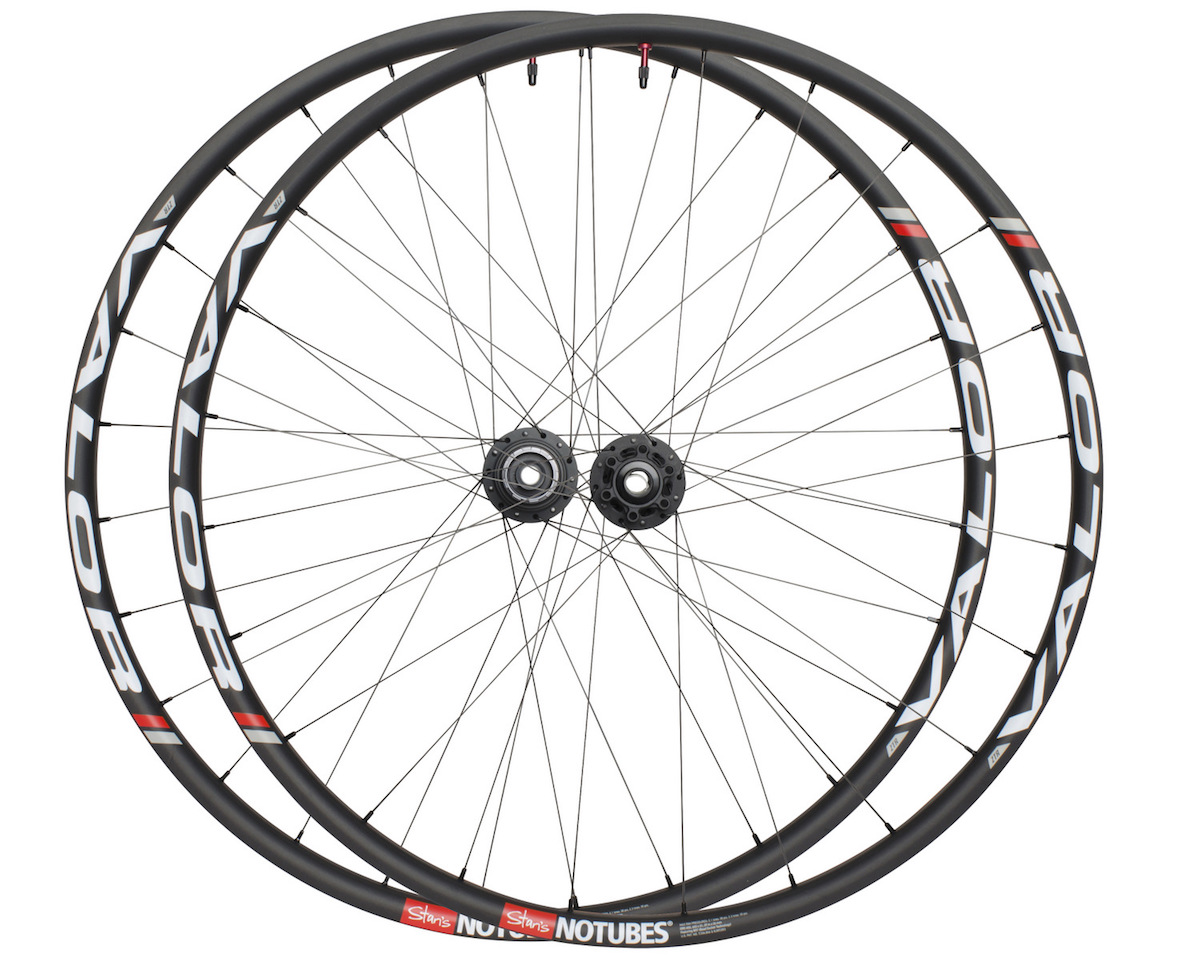
Some may have critiqued NoTubes for being late to the party, given that many other companies had been rolling on plastic hoops for many years beforehand. However, NoTubes have worked hard to establish a strong reputation for their lightweight and affordable tubeless solutions, so they couldn’t just put any old carbon rim out there. To ensure the Valor met all of their design goals whilst offering a genuine improvement over their popular alloy rims and wheelsets, the company devoted two years of development time towards their first carbon hoops. As you can see by the below video, the end result was definitely worth the wait.
The Valors have been out in the wild for some 18 months now, but the complete wheels received a recent overhaul in the form of a brand new hubset. As it currently stands, the New York based company only offer the carbon Valor rims in complete wheelsets that are handbuilt with Sapim spokes and their own-branded hubs. But while NoTubes’ previous ZTR hubs weren’t terrible, they certainly weren’t anything to brag about. Self-ejecting end-caps, average engagement speed and mediocre sealing left many British riders complaining of excessive maintenance and premature bearing death when riding in wet conditions.
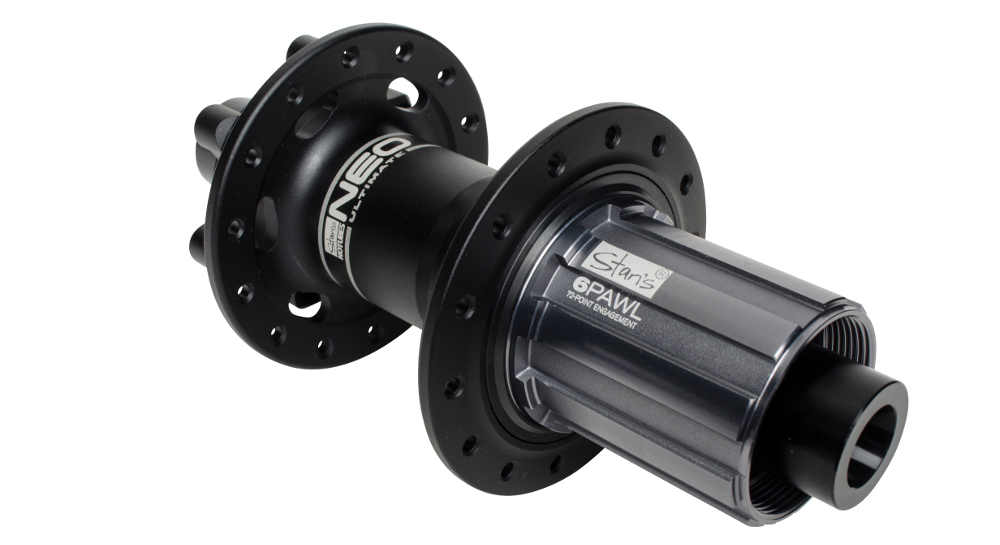
When Stans NoTubes unveiled their brand new Neo hubs at PressCamp last year, they were very keen to point out that they had absolutely nothing in common with the original ZTR hubs. Well, except that they were also round, had some bearings, and go “clickity-click-click”. Aside from those similarities, the new Neo hubs are brand spankin’ from end-cap-to-end cap.
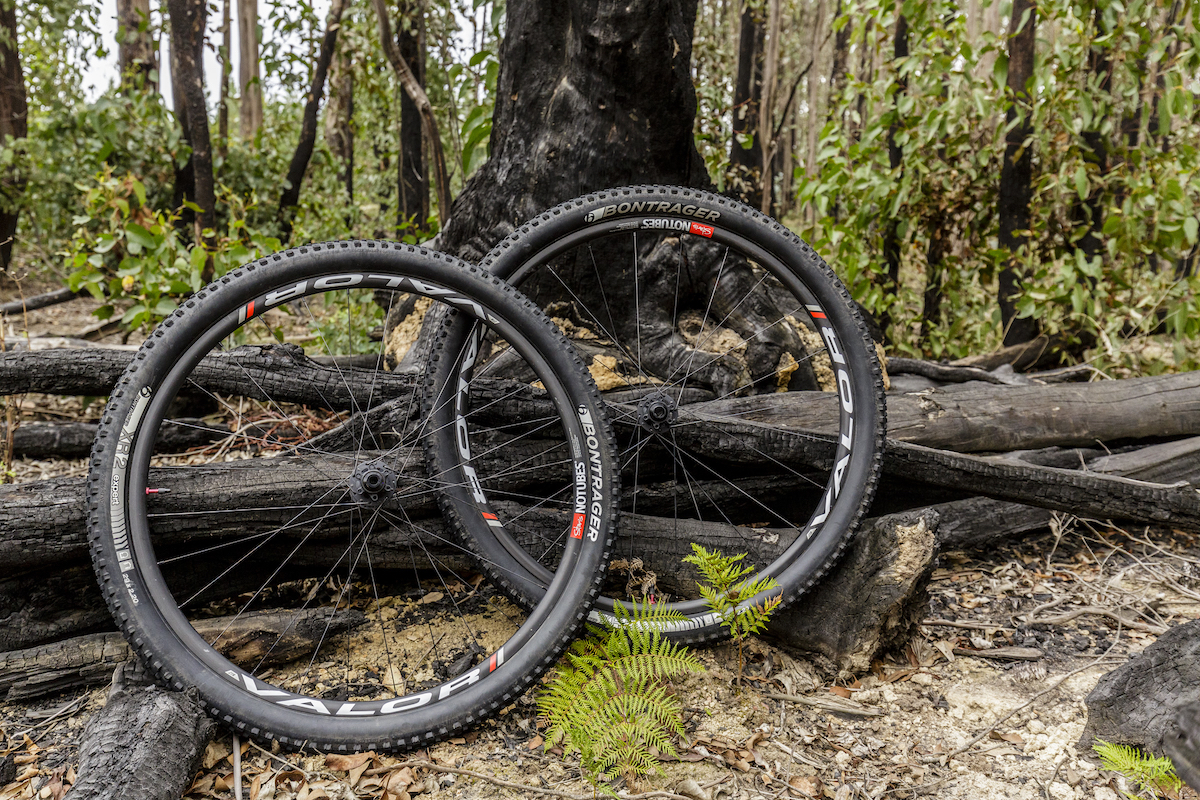
Six months ago, I received a Valor Pro 29in wheelset from Stans NoTubes to put to the long-term test. With only minimal prior experience with the carbon Valor rims, I was keen to investigate their real-world durability, and to also find out if these new hubs were all that and a bag of chips.
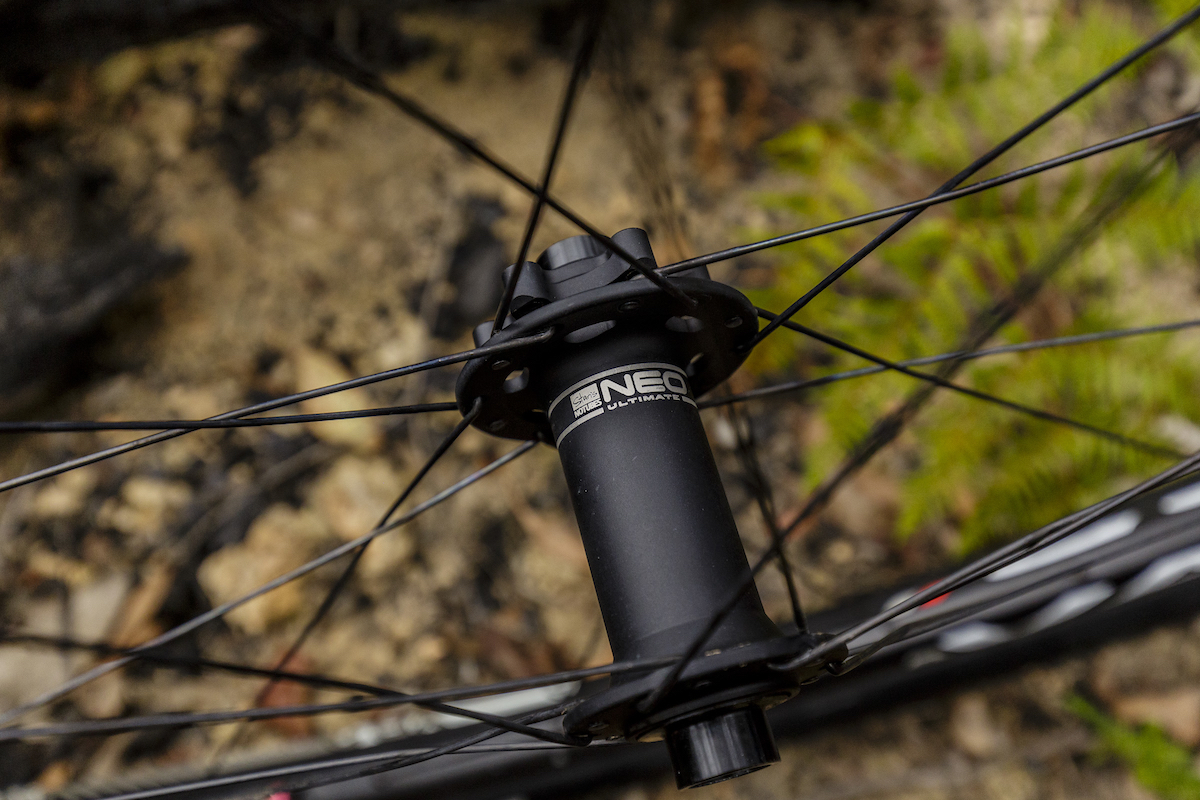
These Hubs
Firstly, lets delve inside those new Neo hubs.
Developed over a two-year period with a new Taiwanese manufacturing partner, the Neo hubs were engineered from the ground-up to be a stronger, more durable and faster engaging hub than its predecessor.
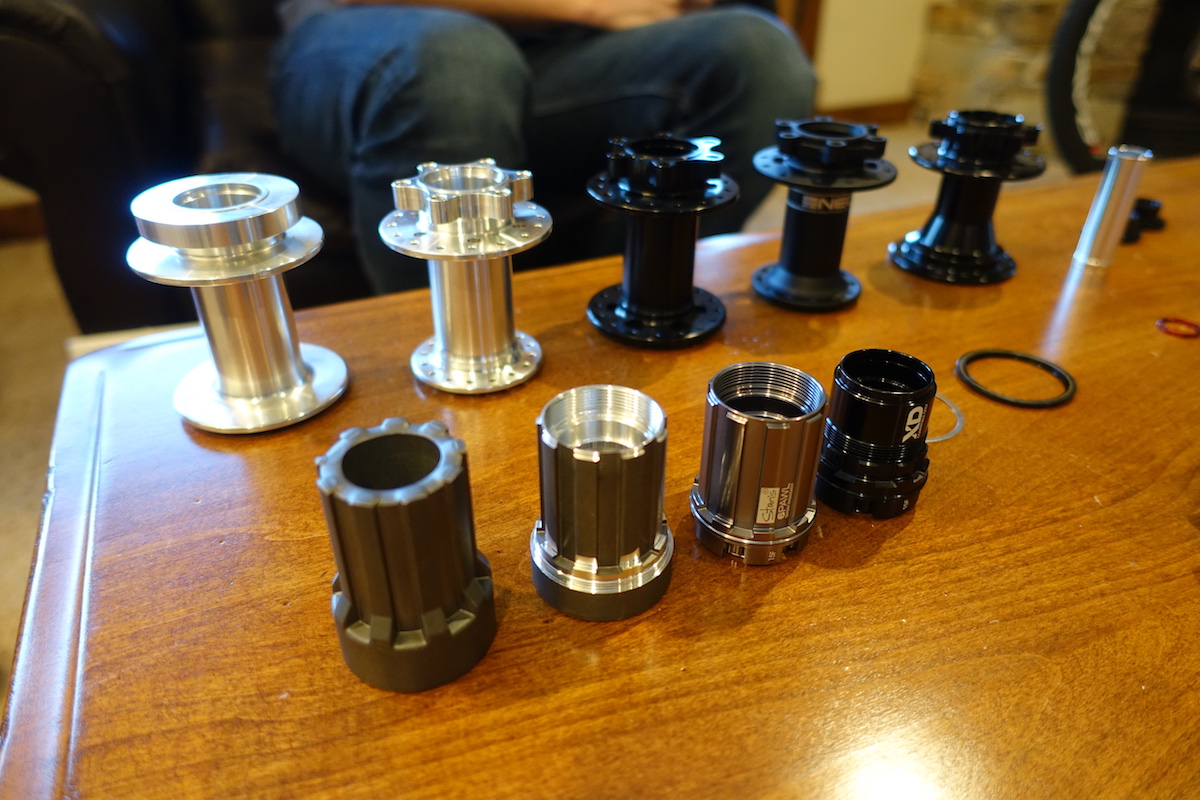
Externally, the hub shells are much beefier. They feature taller flanges to reduce overall spoke lengths, and the body has been enlarged to pack in bigger bearings. Supplied by Enduro, the sealed cartridge bearing units absolutely dwarf the bearings from the previous ZTR hubs. They measure 2mm wider and 4mm taller to pack in bigger balls, and more of them. Combined with new swaged axles, the Neo hubs feature double the load capacity of their predecessors.
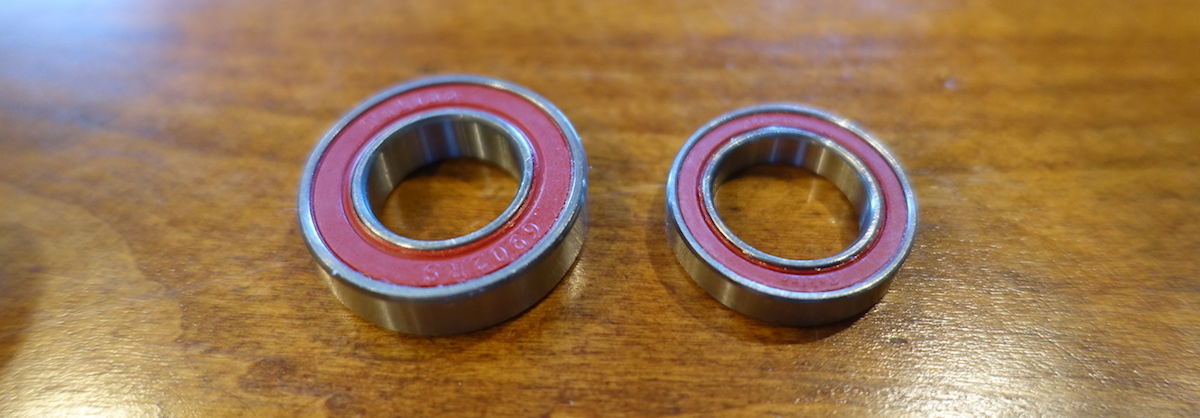
Overall tolerances are also much higher. The hub shells go through several CNC machining processes to whittle away unnecessary material, while creating very precise bearing pockets. Everything slots together smoothly and snugly, including the new end caps that require a concerted effort to remove and install.
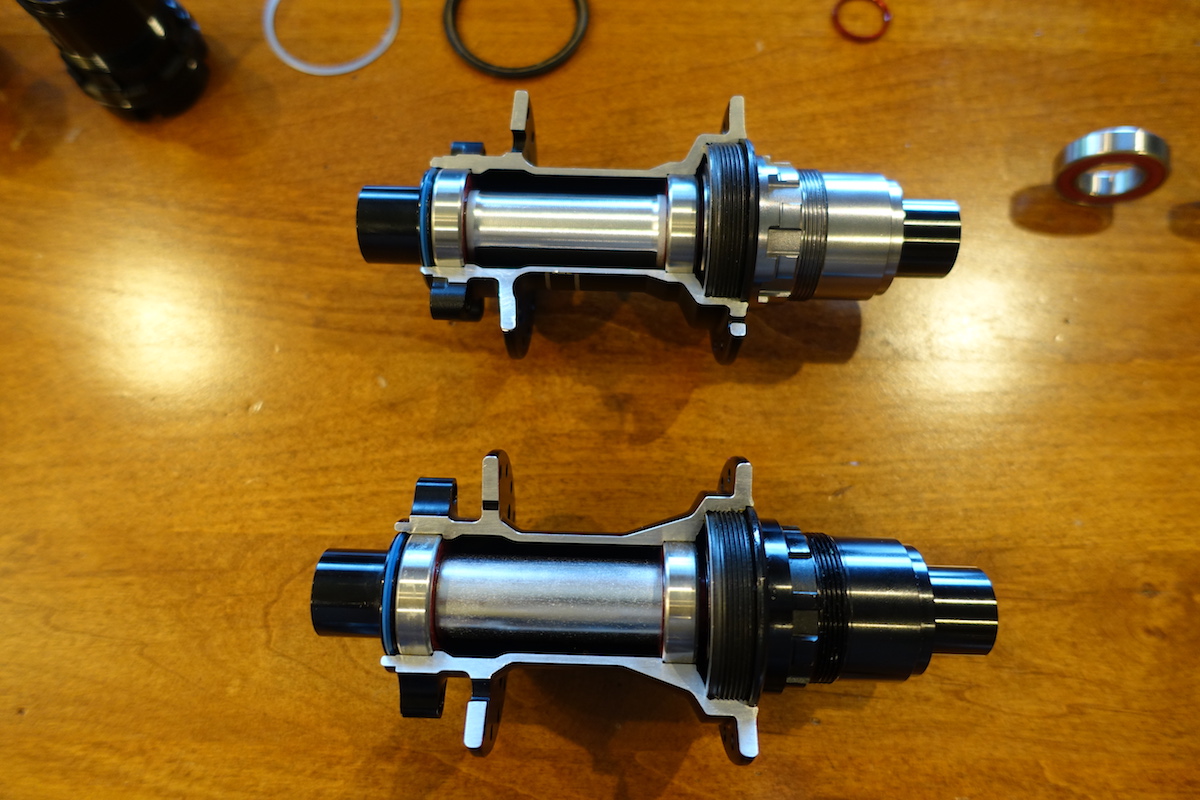
There are two models of Neo hub: the Neo Ultimate and the standard Neo. The Ultimate version receives a little more machining on the hub shells to chisel away a few grams, and it also gets double the engagement points. No Tubes have achieved this via a 6-pawl freehub mechanism that sees two pairs of 3-pawls set in a phased offset. The phased offset is what gets 72-engagement points out of the hardened steel 36-tooth ratchet ring. In other words, there are 5-degrees separating every “click” in the freehub ratchet, which is the same as what you’ll experience with a Chris King hub.
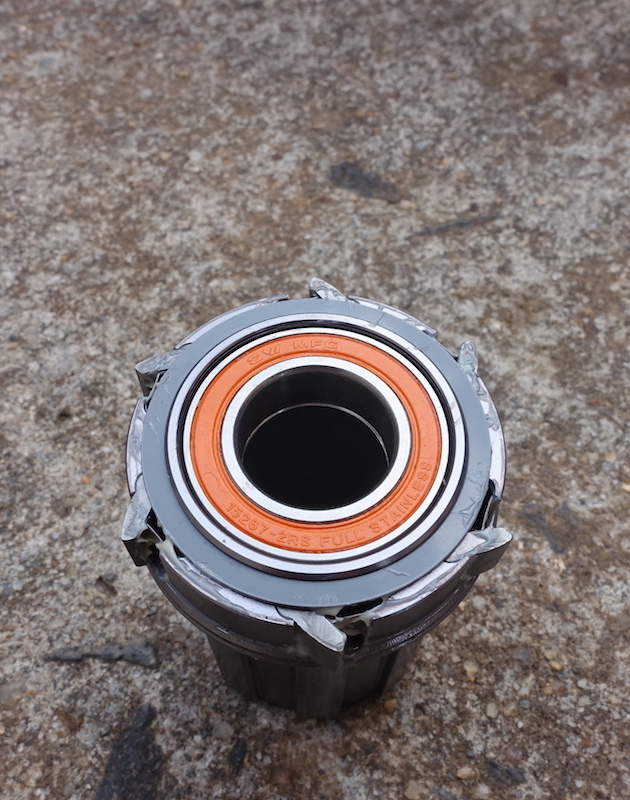
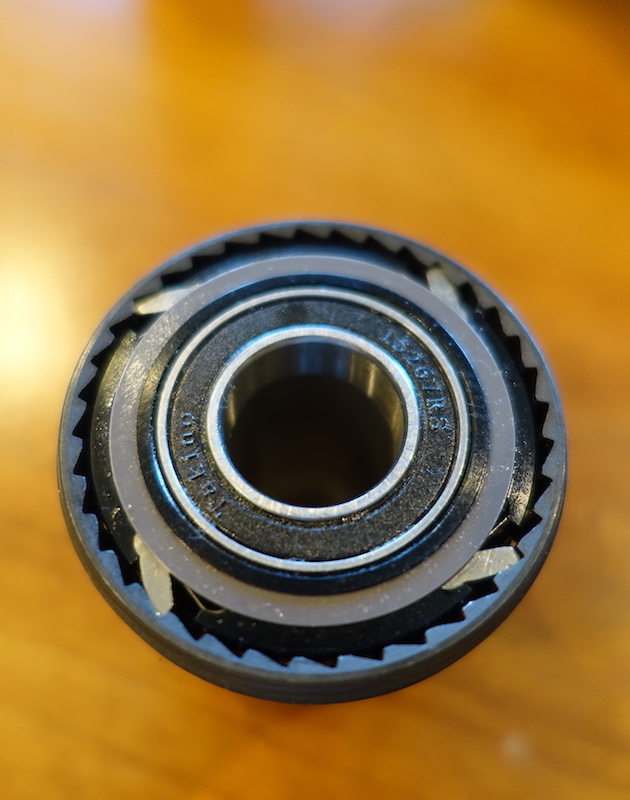
In comparison, the standard Neo freehub uses 4-pawls that lock onto the ratchet ring simultaneously, so engagement drops to 36-points. In the above image, the 6-pawl Ultimate freehub is on the left, and the standard 4-pawl freehub body is on the right. The good news for anyone who buys a NoTubes wheelset with the standard Neo hubs is that the freehubs are interchangeable. So down the line, you could upgrade to the Ultimate’s 6-pawl freehub body to access faster engagement.
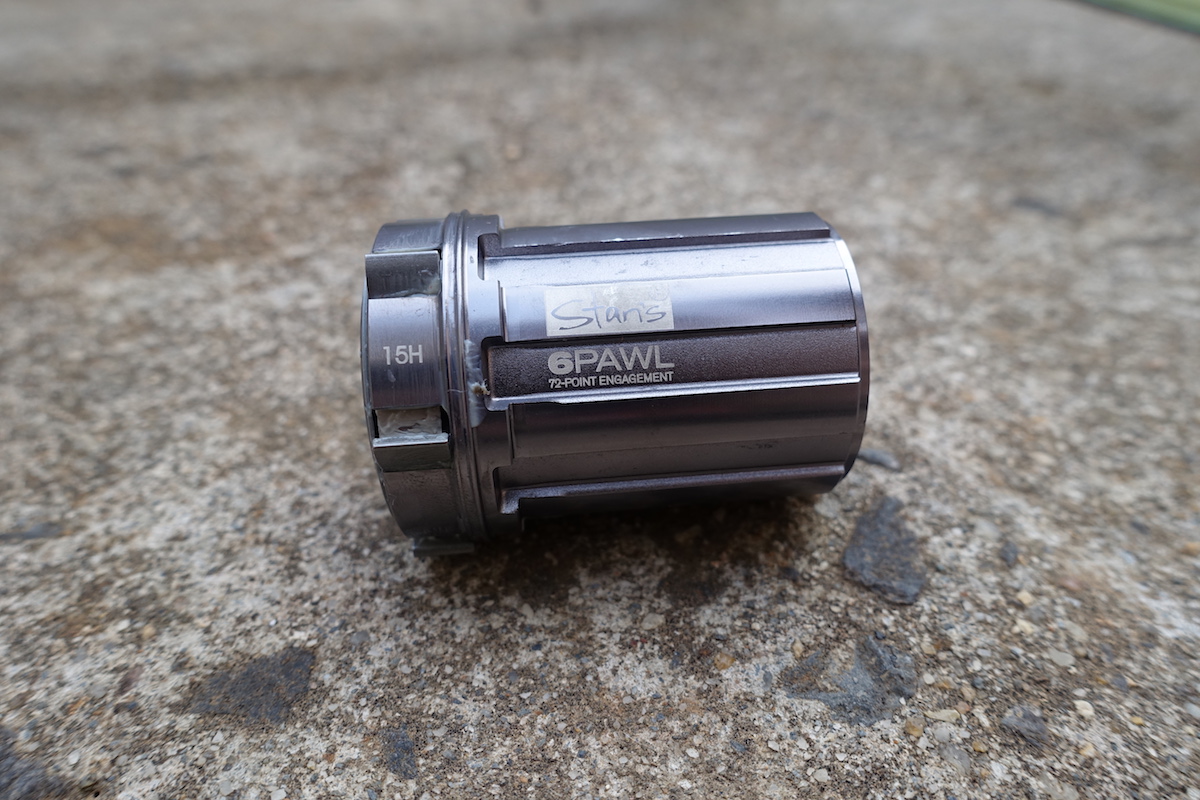
The Neo hubs are available in a huge number of variants for both off-road and on-road use. You can get 6-bolt and Centrelock versions, and No Tubes offer SRAM XD, Shimano and even Campagnolo freehub bodies. They also cover pretty much every quick release and through-axle standard, including a 12x157mm rear for DH bikes, and 12x100mm for new-school road bikes.
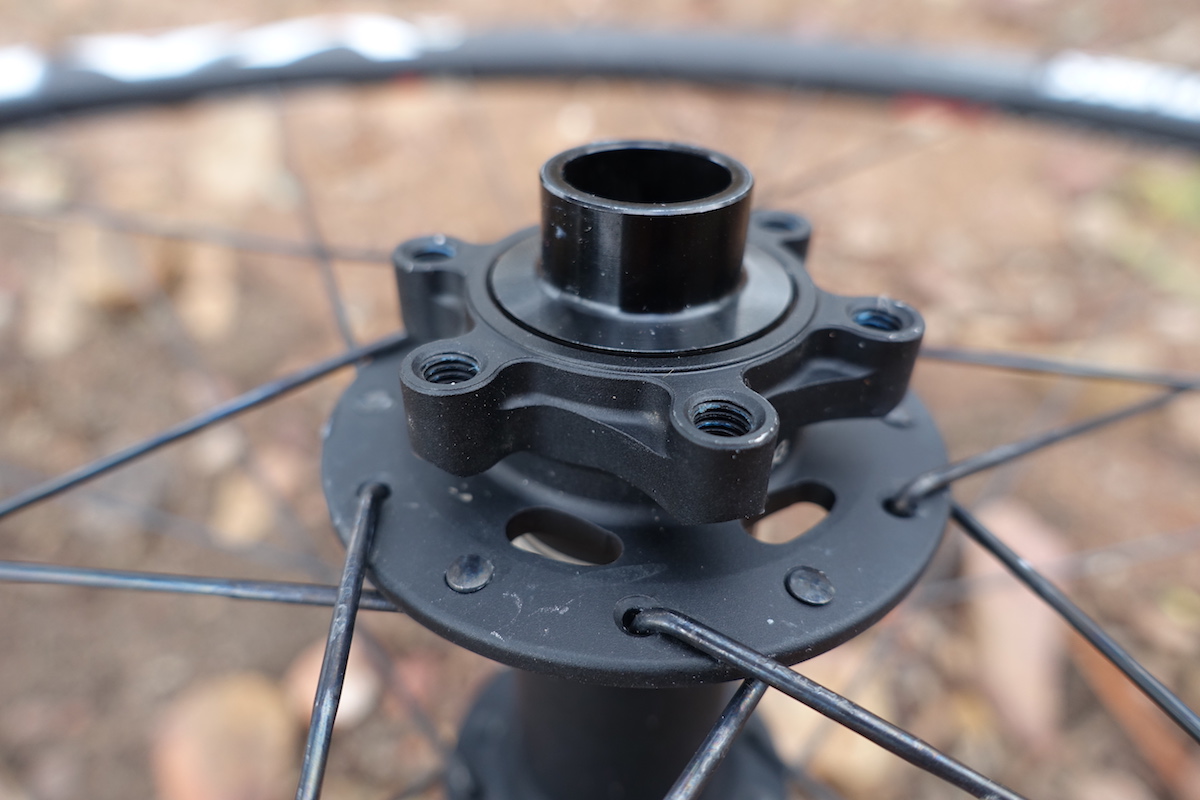
While that’s all well and good, it’s worth pointing out that there are zero parts shared with the previous ZTR hubs. So no, you cannot upgrade to the new freehub if you own an older wheelset. Also, the Neo hubs are only available in complete wheelsets right now, but NoTubes has indicated that it will eventually release the hubs as a standalone aftermarket product.
Those Rims
Using a high-tech carbon construction and the tubeless BST profile, the Valor is NoTubes flagship XC racing rim. They’re designed for World Cup level competition, and as such, they’re freaky-deeky light. NoTubes claims that a single 29in Valor rim weighs just 330 grams, which is 15% lighter than the equivalent Crest alloy rim.
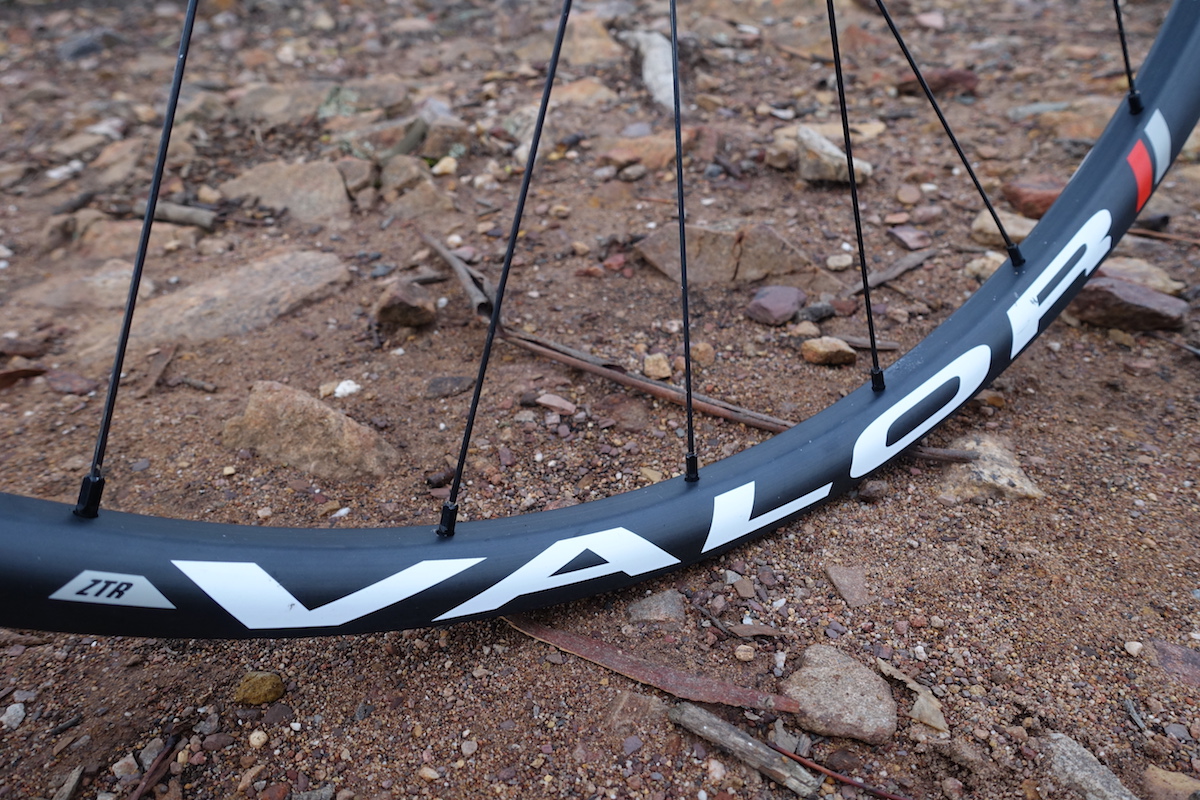
Dimensions are largely shared with the Crest rim, with the Valor measuring 26.4mm internally and 21.3mm internally. That doesn’t sound particularly wide by modern standards, but the truth is that the NoTubes BST profile emulates a wider rim in the real world. The rims feature no bead hook and very short sidewalls, which reduces the ‘pinch effect’ on the tyre’s casing, allowing the tyre to form a more rounded profile.
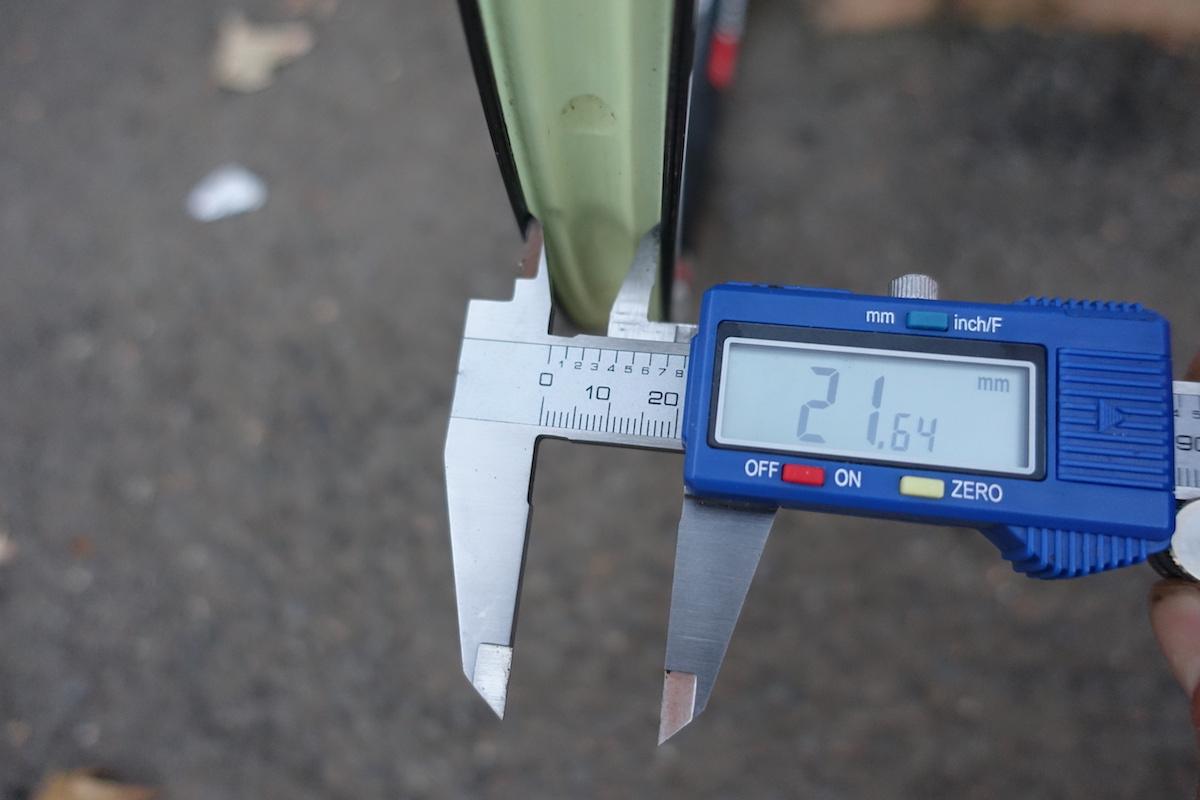
Being a NoTubes rim, the Valors are painless to setup tubeless. Out of the box, they come pre-fitted with yellow tubeless tape and alloy tubeless valves, so all you need to do is mount your tyres, add some sealant, and away she goes. Inflation was straightforward with a wide range of tyres, and only a floor pump was necessary to get the beads to seat. Compared to some other tubeless systems, the Valors are quite gentile as the beads snap into place, as the rim’s internal bead shelf is quite wide and flat. This had me slightly concerned that there would be more chance for the tyre bead to come unstuck on the trail, particularly as there is no bead hook.
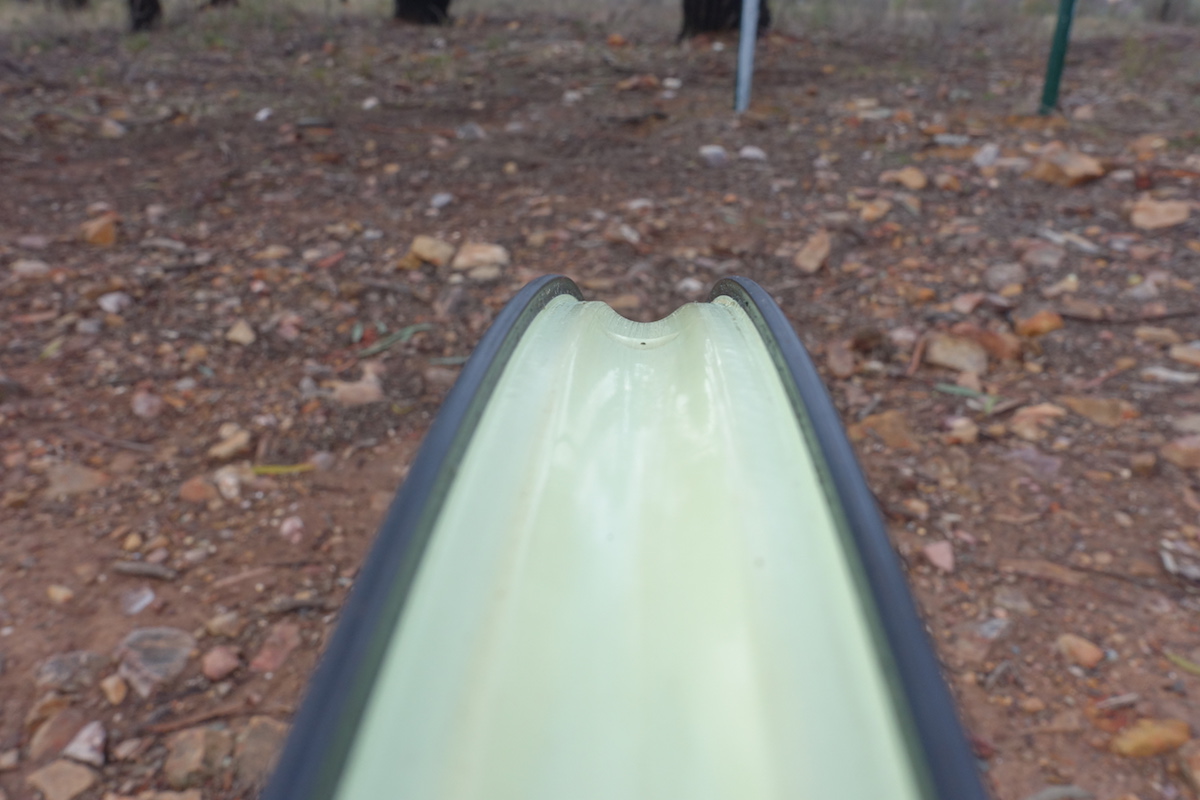
While the rims are very light, NoTubes claim that they offer the same lateral stiffness as an Arch EX rim, with significantly more strength. Pretty impressive when you consider the Arch EX weighs 460 grams. The stubby sidewalls on the Valor are made of 2.5mm thick carbon fibre, and because they’re very short, they’re also very strong too.

During the development phase, NoTubes recognised that while lateral stiffness was important for handling, vertical compliance is just as important for a number of reasons. A super stiff rim can feel uncomfortably harsh when tracking over rocks and roots, and it can also increase the chance of pinch flatting. By using a shallow 19.3mm depth and a specific carbon fibre layup that is more elastic, NoTubes were able to engineer in 7mm of vertical compliance into the Valor rim.
And what does that mean exactly?
It means the rim actually compresses radially during a heavy impact, which decreases the chance of the rim cracking and tyre pinch flatting. NoTubes call this Radial Impact Absorbing Carbon Technology, though I’d say RiACT sounds much cooler. Need a visual reference to see what we’re gabbing on about? Well you’re in luck, and especially if you love slow-motion action of heavy equipment trying to destroy things;
The Build
Of course fancy hubs and trick carbon rims mean zilch if they’re not strung in the right way, but fortunately NoTubes have sweated the details here too.
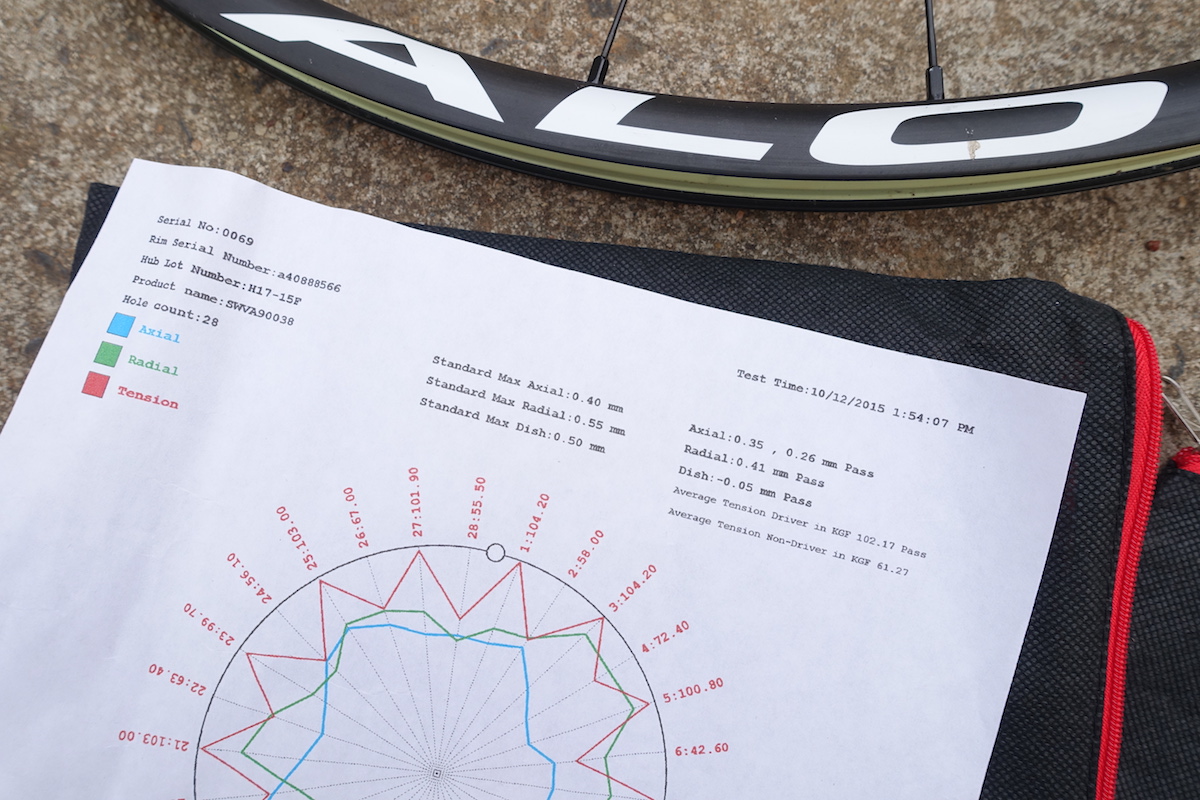
All of the complete Valor wheelsets are handbuilt in NoTubes’ New York facility, which means they’re 100% responsible for the final build processes. NoTubes lace the front wheel with 24 spokes in a 2x pattern, while the rear wheel gets 28 spokes in a 2x/3x pattern. Because the Valor rims are only built with the Neo hubs, the rims are drilled at precisely the right angle to match the corresponding spoke bracing angle. This helps to minimise bending stresses on the nipples.
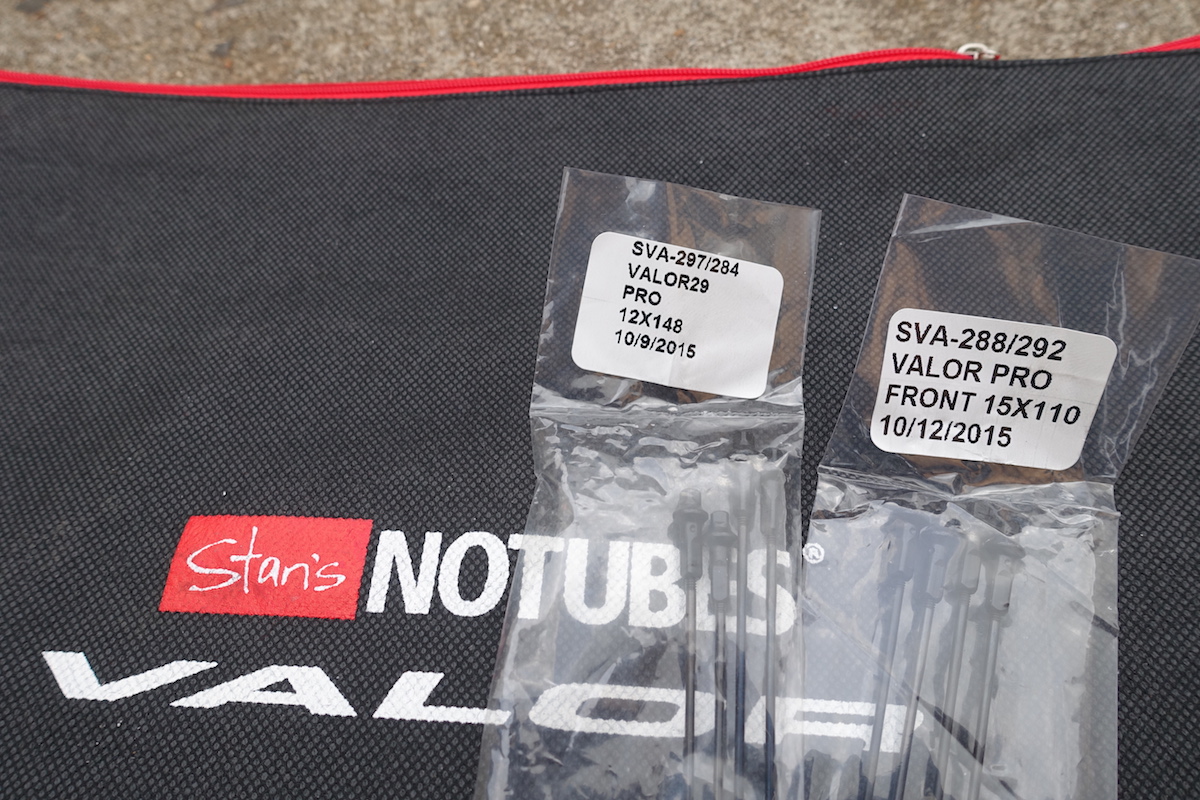
Valor wheelsets are available in 26”, 27.5” and 29” diameters, and you can get them in a ‘Team’ version with the standard Neo hubs and Sapim Force spokes, or in the ‘Pro’ version tested here with the Neo Ultimate hubs and lighter Sapim Laser spokes. Both spokes use a double-butted J-bend profile, but the Lasers are thinner with a 1.8/1.5/1.8 gauge. For any given wheelsize, the Valor Pro works out to be 100 grams lighter than the Team version.
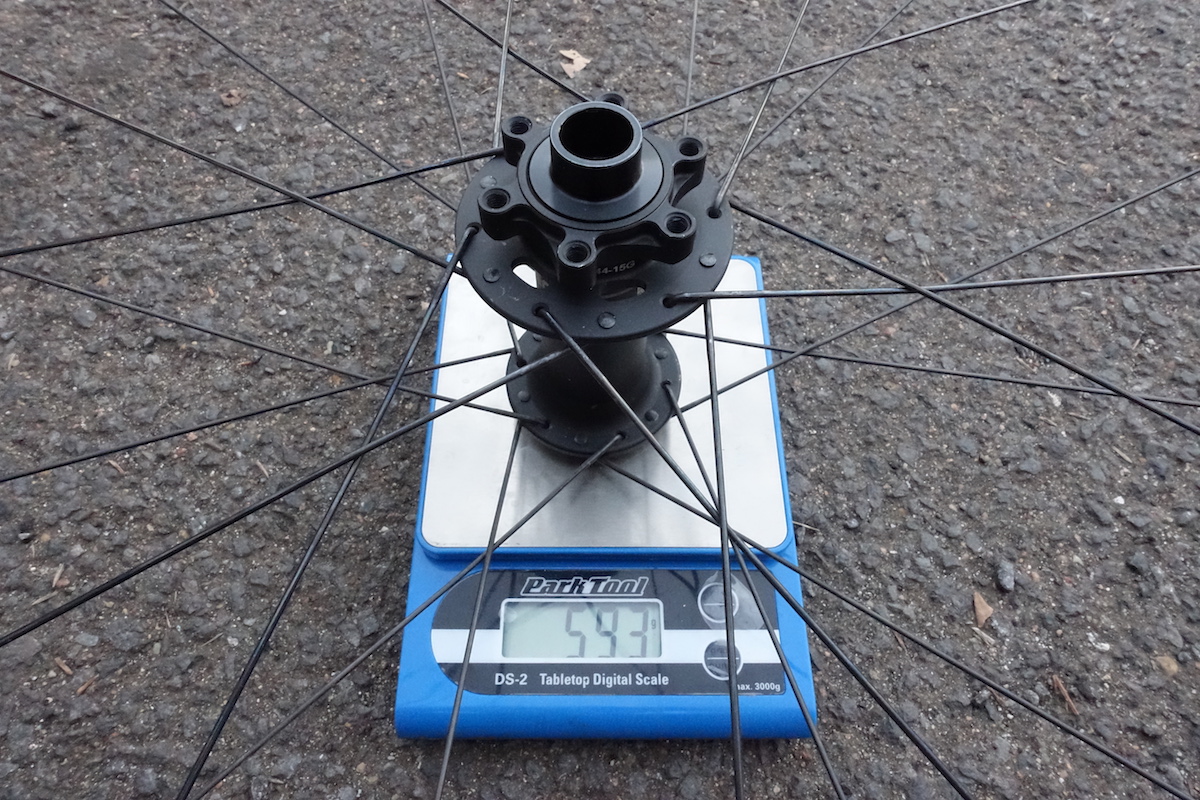
The black alloy nipples are Sapim’s Secure Lock Double Square model. These nipples feature a mechanical locking system, whereby a small dimple inside the barrel of the nipple physically wedges in between the threads to help secure the spoke in place. NoTubes prefer this locking system compared to using Loctite or other thread-locking glues.
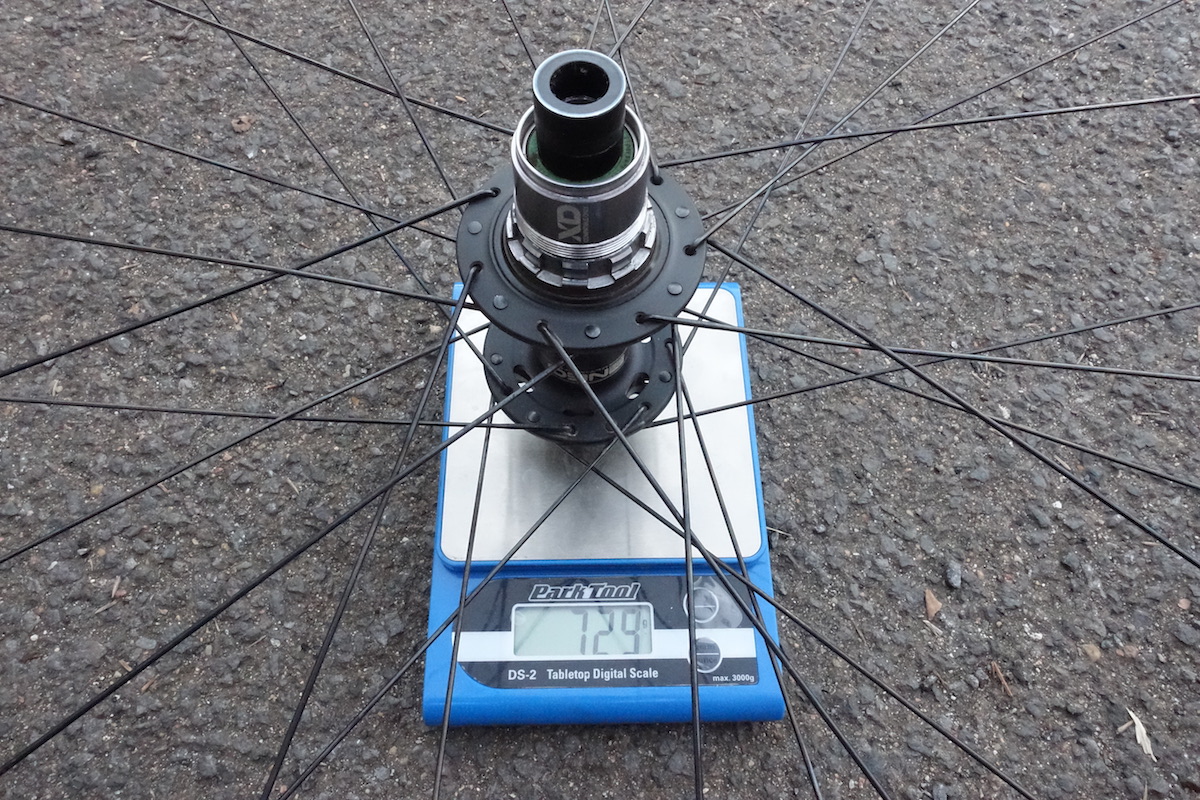
For our complete test wheelset, the Valor Pro 29” wheelset came out lighter than claimed at just 1322 grams. That’s including the tubeless tape and valves. That makes them damn light in comparison to their big-name competitors, which includes Shimano’s XTR Race wheelset (1611 grams), SRAM’s Rise 60 (1430 grams) and ENVE’s M50 (1445 grams).
As we all know however, weight is only one part of the equation.
On The Trail
Over the six-month test period, I have put countless miles onto the Valor wheelset where it has been primarily called on for regular mid-week trail riding duties. The wheels have seen many hours of racing too, with several half-marathon (50km) events, numerous Tuesday night dirt crits, a 4-day marathon stage race, and a brutal 6-hour solo race all under their belt so far.
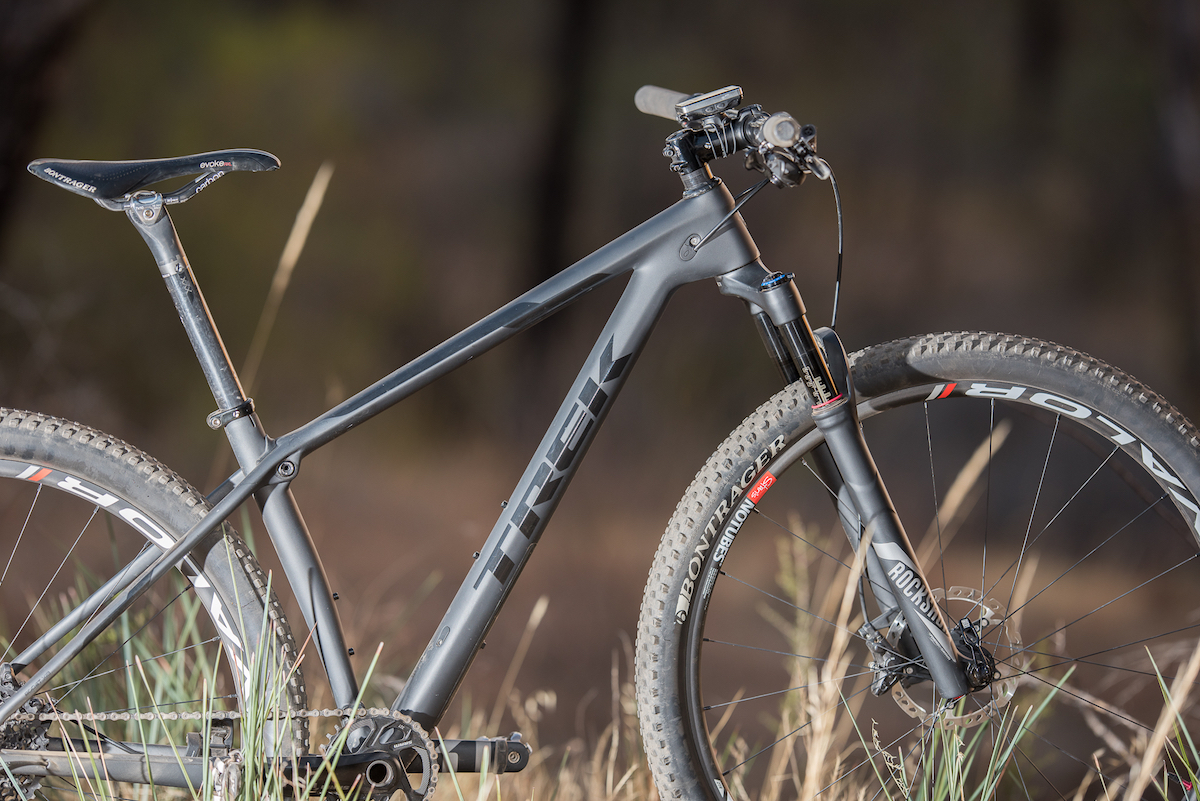
Due to the Boosted hubs, our Valor Pro test wheelset spent the majority of its time aboard the 2016 Trek Procaliber 9.8 SL that I recently reviewed separately. Being a hardtail, the Procaliber proved to be the perfect platform that allowed for an uninterrupted assessment of the Valor’s ride quality, stiffness and overall comfort.
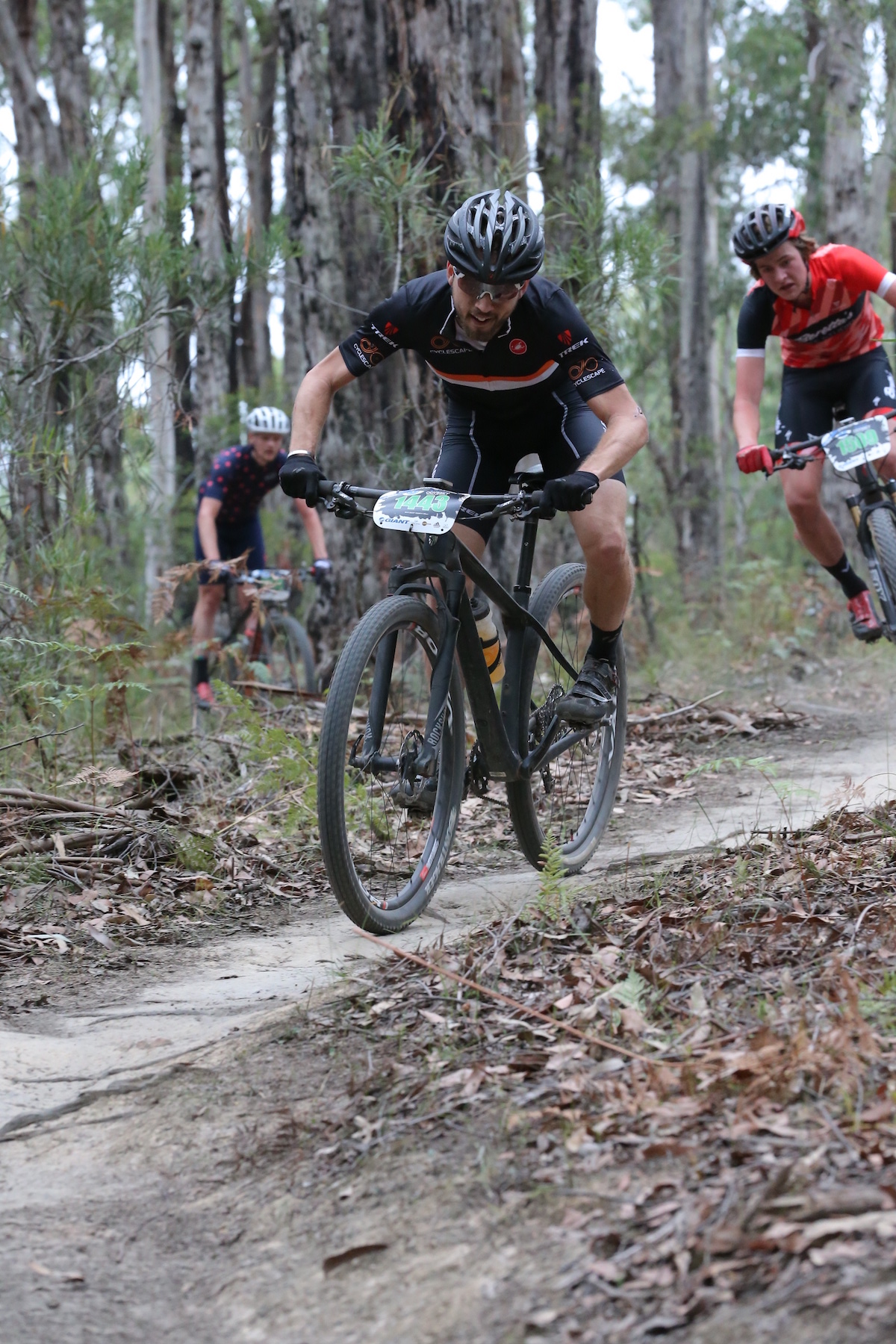
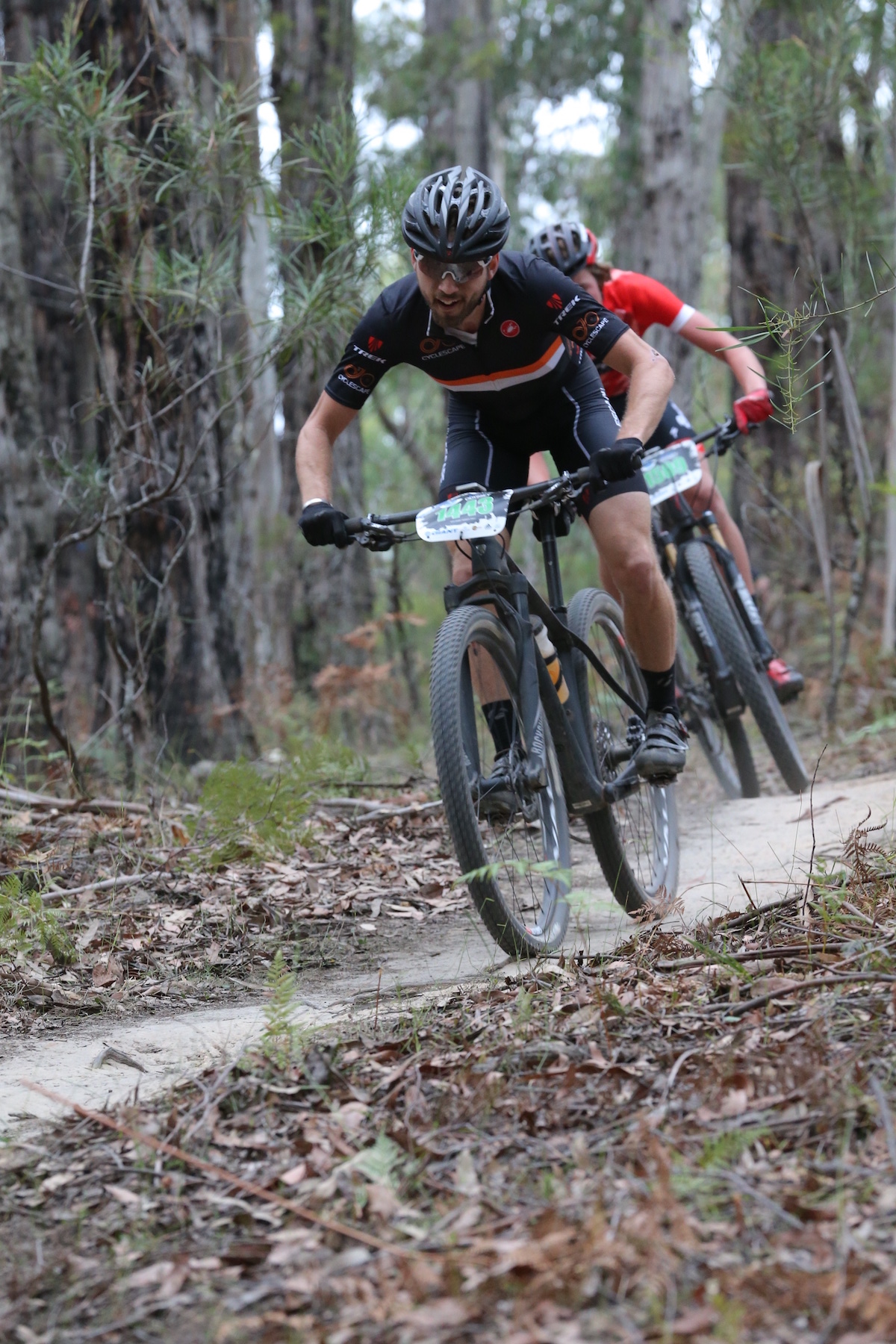
Firstly though, I really do have to talk about the weight.
Compared to the stock DT Swiss Spline X1700 wheelset, the Valors casually lobbed off 350 grams – not an inconsiderable amount. As such, the Procaliber went through an overnight transformation from a lightweight carbon hardtail into a red-hot scorching trailblazer. The change to the bikes acceleration and handling properties was stark. All of a sudden, the bike had become much sharper in it’s steering, and in technical sections with successive turns I was able to thread the eye of the needle with alarming precision.

Ride quality from the Valor wheels is also excellent. With Bontrager XR2 tyres setup tubeless, I was able to run pressures as low as 16-18psi on the front tyre, and 18-21psi on the rear. Despite those operating pressures being 2-3psi lower compared to the stock DT Swiss wheels (19mm internal width), the tyre sidewalls remained stable and traction was highly predictable. Combined with the added vertical ‘give’ from the Valor rims, many of the jarring impacts from the imbedded rocks that litter my regular trail network were noticeably softened. I’ve ridden some carbon race wheels previously that have felt fast and stiff, but they’ve also shaken my teeth out on the trail. Not the Valors though.
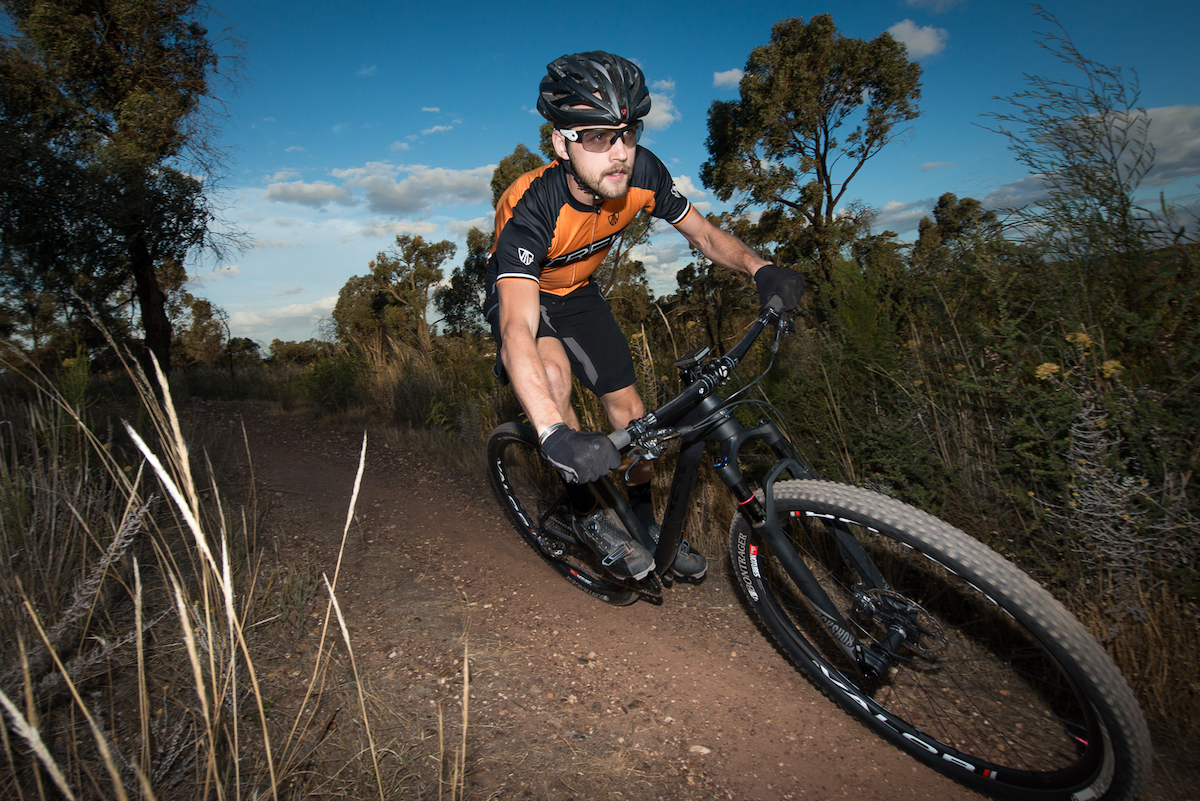
Despite the many hours I logged aboard the Valors, their response under power never ceased to amaze me. Light pressure on the pedals was all it took to feel the bike leap forward, with minimal lag between the chain delivering power to the tyre contact patch. This is noticeable whether you’re charging off the start line, or when you’re putting the power down at 25km/h in an attempt to pull away from your competitors. Of course the wheels low rotating mass has a lot to do with their rapid acceleration, but the taut wheel build must also be given credit here too. Because of the higher pull strength of the carbon rims, NoTubes have been able to build the wheels with higher spoke tensions, which helps to keep everything tight and stiff. Combined with the wider Boost spacing and the beefy Neo hubset, the Valors feel significantly stiffer laterally than their alloy siblings.
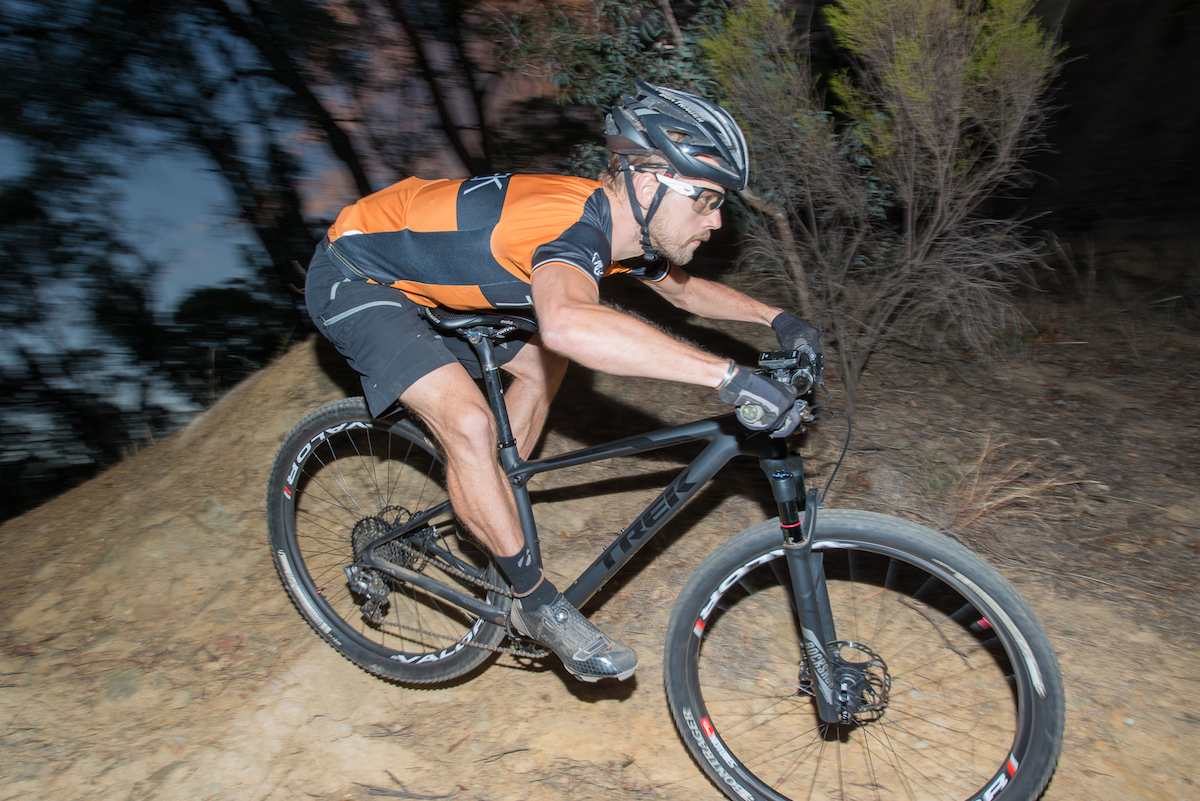
Durability
I don’t have a whole lot to report on the durability of the Neo hubs, because in all honesty, they’ve been absolutely flawless from start to finish. There have been no creaks, pops or wiggles from either wheel, and the bearings have remained just as smooth as they were on day one. I did pull apart the rear hub in order to take some photos for the review, and while I half expected the freehub mechanism to be filled with water and filth, the hubs excellent sealing proved otherwise. If anything, the main freehub seal is possibly a little too well sealed, as I have found there to be noticeable drag when spinning the rear hub out of the bike. I spoke with NoTubes about this, and they mentioned that production hubs have received a slight change to the face of the seal, and they’re also being spec’d with a different grease inside the freehub mechanism. Both changes are said to have greatly reduced the drag that I mentioned.
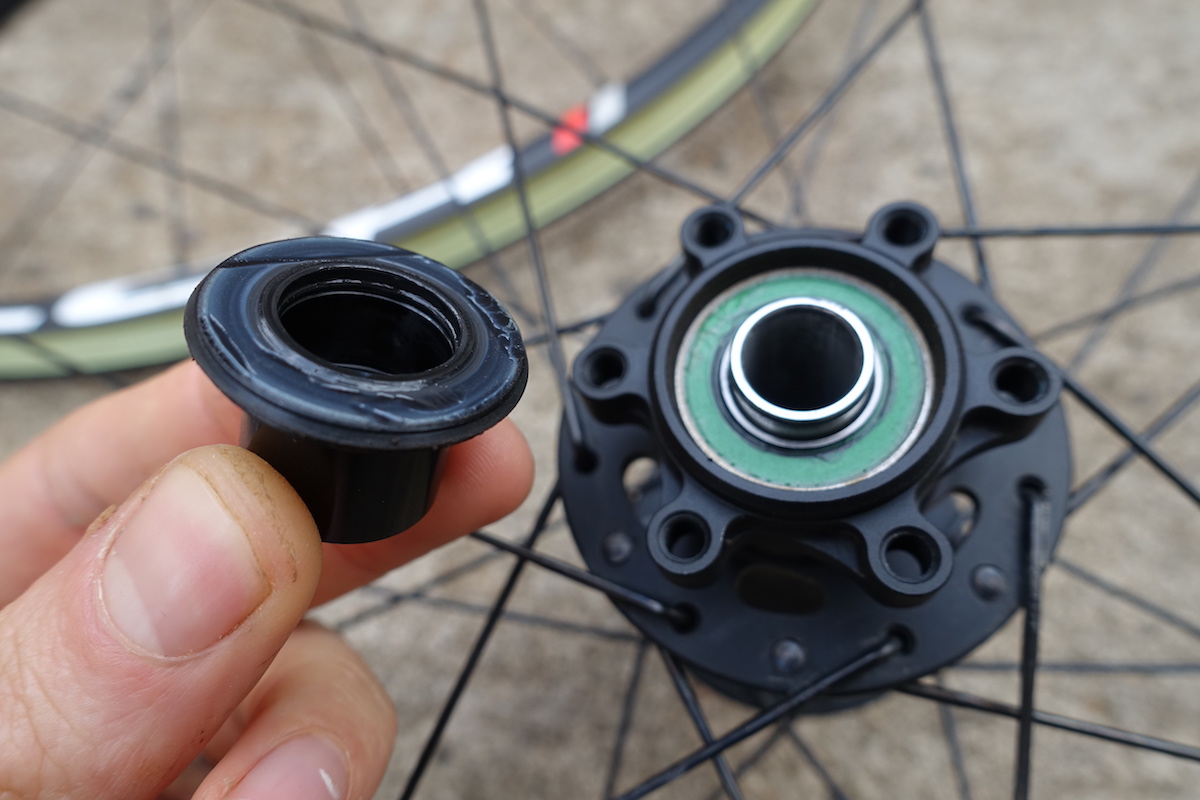
On the note of the freehub, those 72-engagement points provide addictively fast pickup. This is ideal for low-speed technical climbs, where stabbing at the pedals is required to push the bike up and over tricky rock steps. While I’m not one for obnoxiously loud hubs, you can often tell the quality of a rear hub by the timing of the clicks and the consistency of each click’s volume. In the case of the Neo Ultimate freehub, it just sounds quality. While coasting, the rear hub exhibits a cicada-like sound that buzzes nicely along the trail at a medium volume that proved popular with other riders. I don’t really care either way, but I can report that engagement was consistently solid, with no skipping or popping whatsoever.
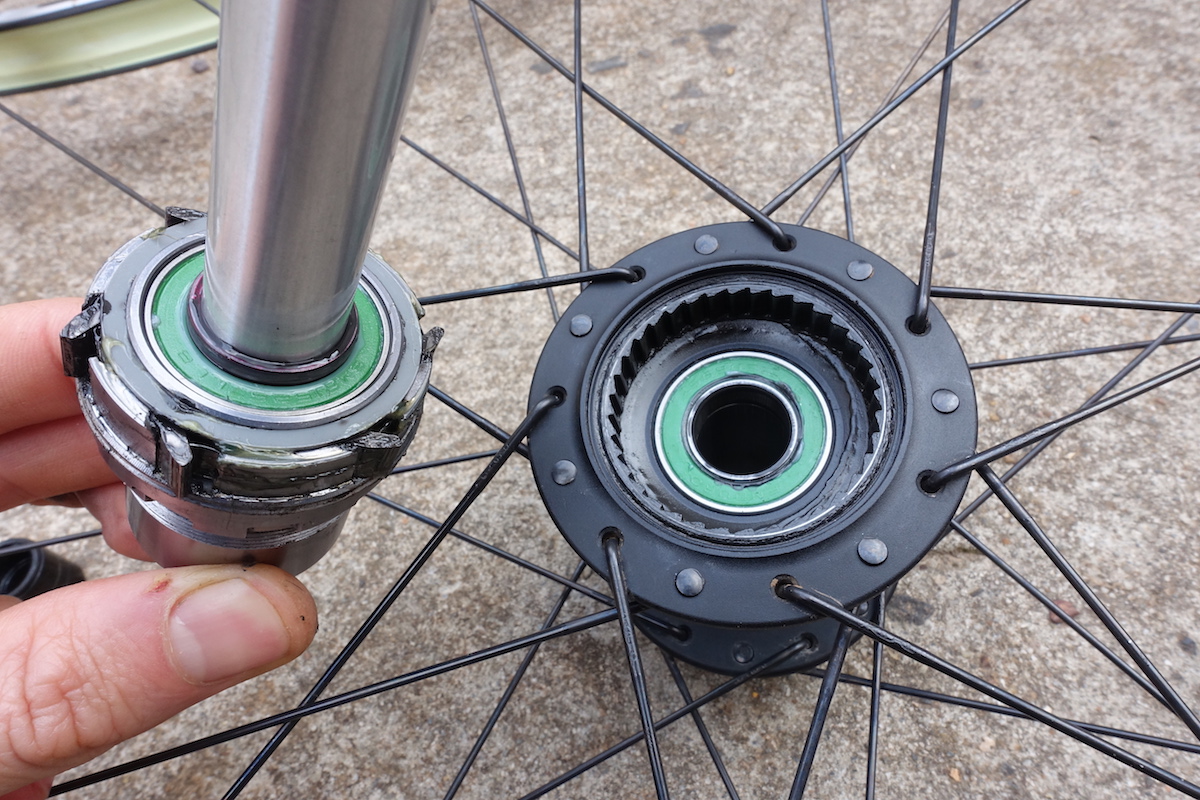
As for overall wheel durability, there were two separate incidents during the test period that stand out in my mind as proof of the Valors trail-readiness and overall strength.
The first incident involved a dirty low-speed huck, where the rear wheel was absolutely walloped into a pile of imbedded rocks. After rounding a sweeping corner on a fast descent, I came across a rider in front of me baulking at a jump on the trail. I slowed down, but made the split-second decision to continue on and hit it. As I reached the lip of the jump, I hastily tugged at the bars in an attempt to get the bike airborne. Following what was possibly the worlds slowest and lamest hang-time ever, I careered back to earth and slammed the rear tyre into the rocky face of the landing. The carbon rim made a dull “THUNK” as it made contact with the rocks, and my arse puckered in anticipation of an exploded rear wheel. After rounding the corner, I came to a halt to inspect the rear wheel to see what damage had been done. To my amazement, there were no cracks or damage to the rim, and the wheel was still dead true. Even more surprising was the fact that there was no residual sealant anywhere around the tyre either, despite only having about 20psi inside. No burping, no tyre roll, nothing. I was impressed (and relieved) to say the least!
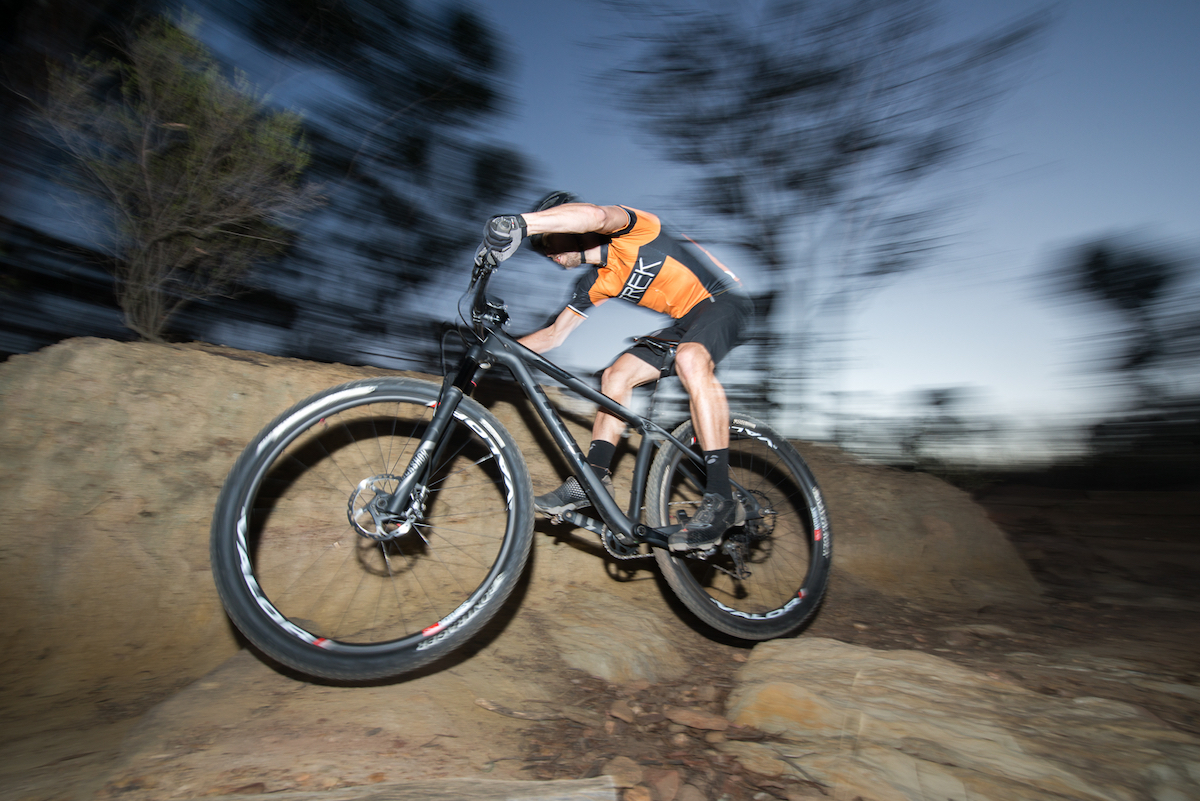
The other incident came about as I was chasing another rider during a scoping lap of a 50km XC racecourse. A large stick was thrown up by the rear tyre in front of me, which somehow managed to thread itself in between the spokes on my front wheel. The stick jammed up against the fork legs, the front wheel locked, and I was sent sprawling over the handlebars. It was a violent impact, with the bike decelerating from about 25 km/h to a dead stop in the blink of an eye. I trashed my helmet during the crash, and also gouged the carbon rails on the saddle as it was ripped through the clamp. For the second time, I expected one of the Valor wheels to be a write-off. Despite the ferocity of the impact though, there were no broken spokes to be found, and none of the nipples had pulled through the rim. The wheel had a very slight wobble to it, and one spoke had a slight bend in it, but it was otherwise 100% rideable. After getting back to the workshop later that day, I straightened the spoke, trued the wheel, and it has been dead straight ever since.

Despite my unsuccessful attempts, I should note here that I have seen other riders break Valor carbon rims before. At the end of the day, these are still lightweight race rims, and they’re not designed for full-blown enduro punishment. Plus, they have a weight limit, and if you’re near that weight limit and you have a particularly hard impact, you’re going to be pushing the rim strength to its limit. What’s good to know however, is that if you do encounter a particularly violent impact with the Valor carbon rims, NoTubes have engineered in a failsafe mechanism. Rather than the rim cracking on the external bead on the tyre side, the rim is designed to crack on the inside of the rim that faces the hub. The idea of this mechanical failsafe is that if you do encounter a catastrophic crack, the tyre will remain sealed so that you can finish your ride or race.
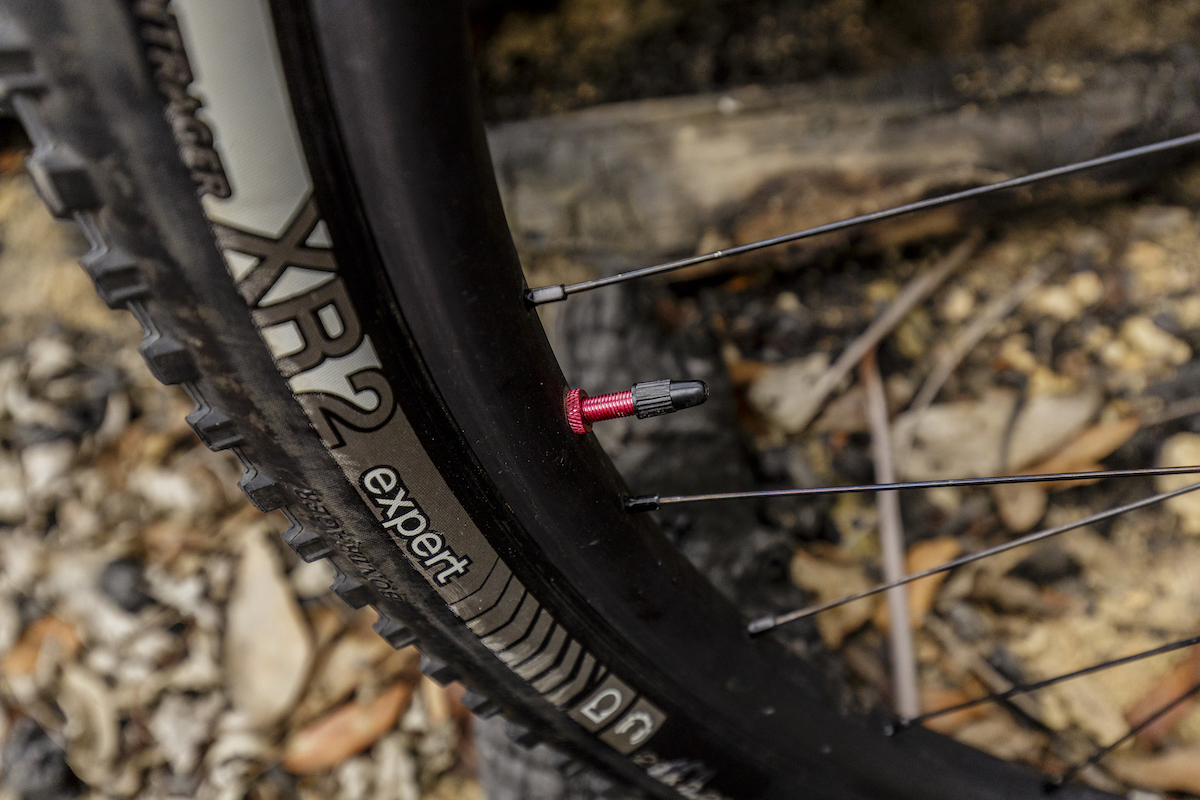
The Verdict
While the Valor Pro wheelset was always going to impress on paper, I found them to be genuinely impressive on the trail. Yes they’re superlight, and yes they’re also super fast. But it’s the way that they deliver this speed that is their biggest strength.
I’ve ridden a lot of carbon wheels over the past few years, and without doubt the Valor Pros are the smoothest and fastest race wheels I’ve ever had the pleasure of rolling on. They’re certainly sharper and more responsive than comparable lightweight alloy wheels, but unlike other carbon rims out there, they’re not so stiff as to shake your teeth out on the trail.
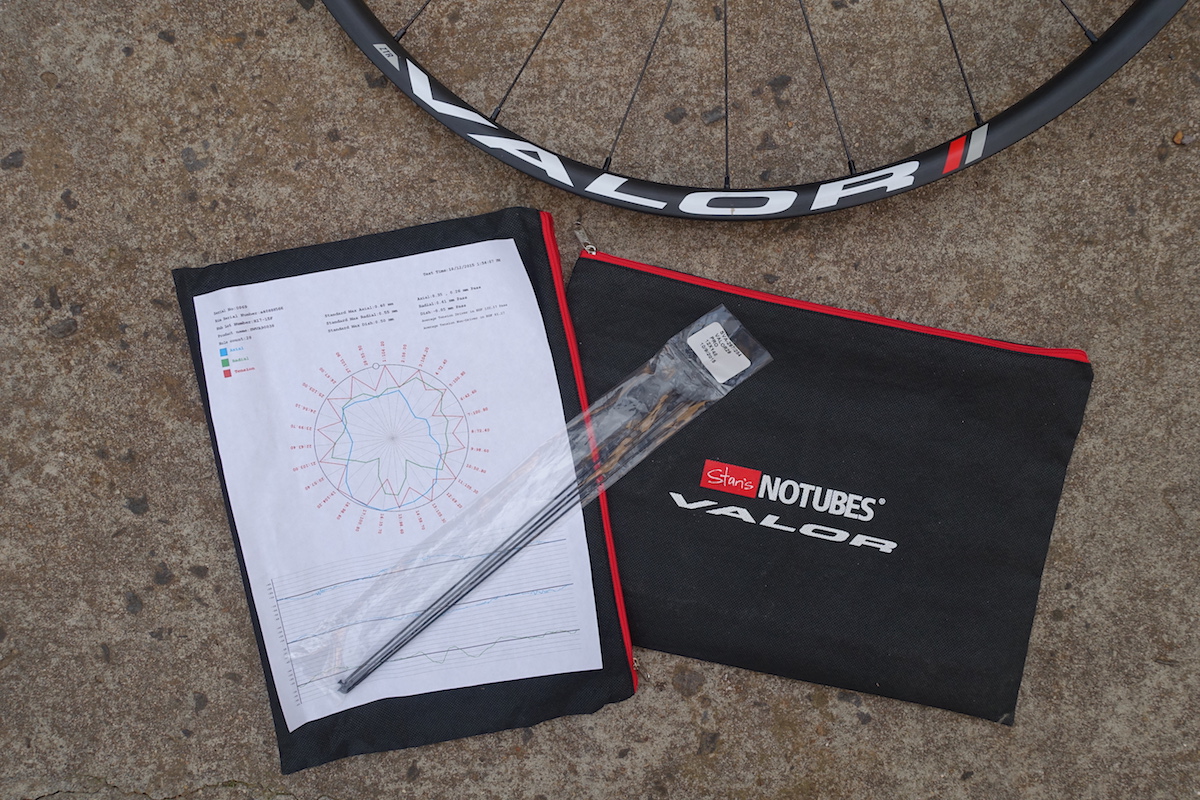
The Valor wheels aren’t cheap, but next to the competition, they’re surprisingly good value for a superlight carbon wheelset. I also like that they use standard J-bend spokes, externally adjustable nipples and replaceable tubeless rim tape. Along with an easily serviceable freehub mechanism and sealed cartridge bearings, the Valor Pro wheelset makes for a compelling option for budding privateer racers who don’t want to be stuck trying to fix proprietary parts on a race weekend.
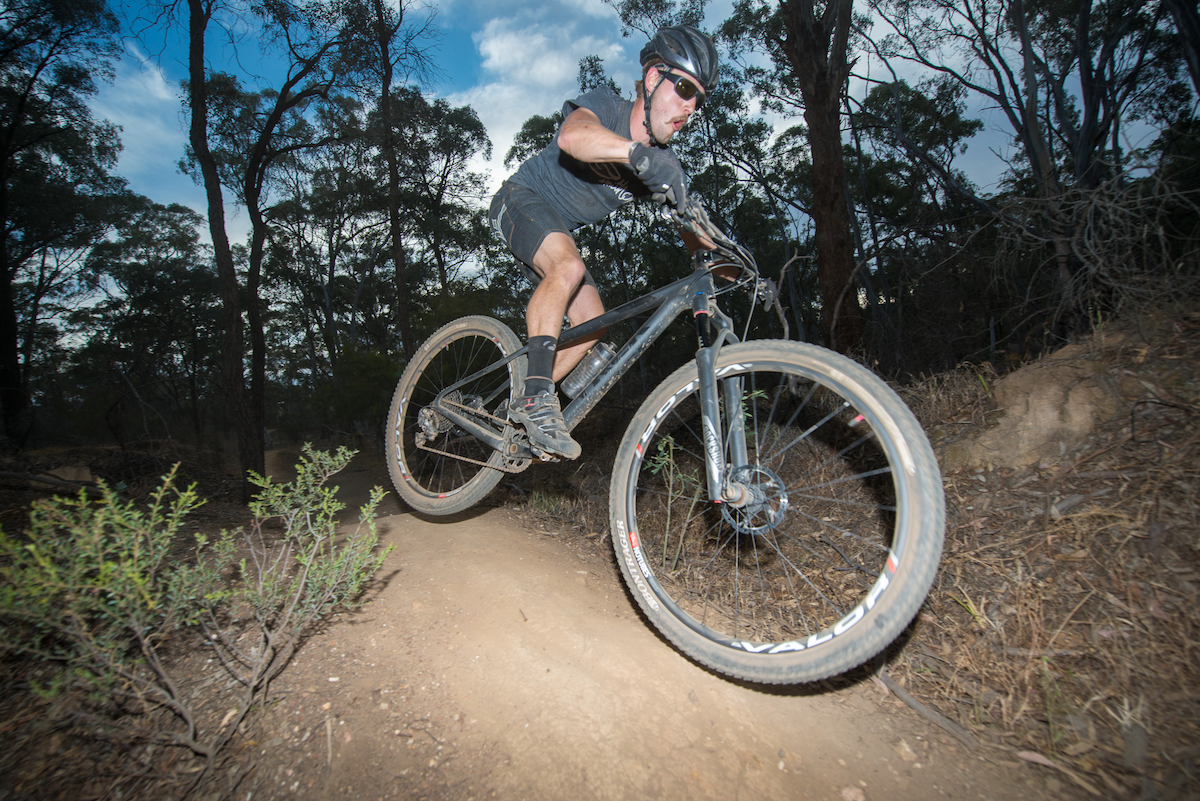
Strength-wise, the Valor rims certainly proved their capabilities in my experience. Worth noting is that the Valor Pro wheels come with a 2-year warranty, and a 3-year crash replacement policy should you experience a whoopsie on the trail. That said, if you feel your riding is more along the aggressive trail side of the scale, you’ll be better off checking out the Stans NoTubes Bravo wheelset, which features wider and stronger carbon rims.
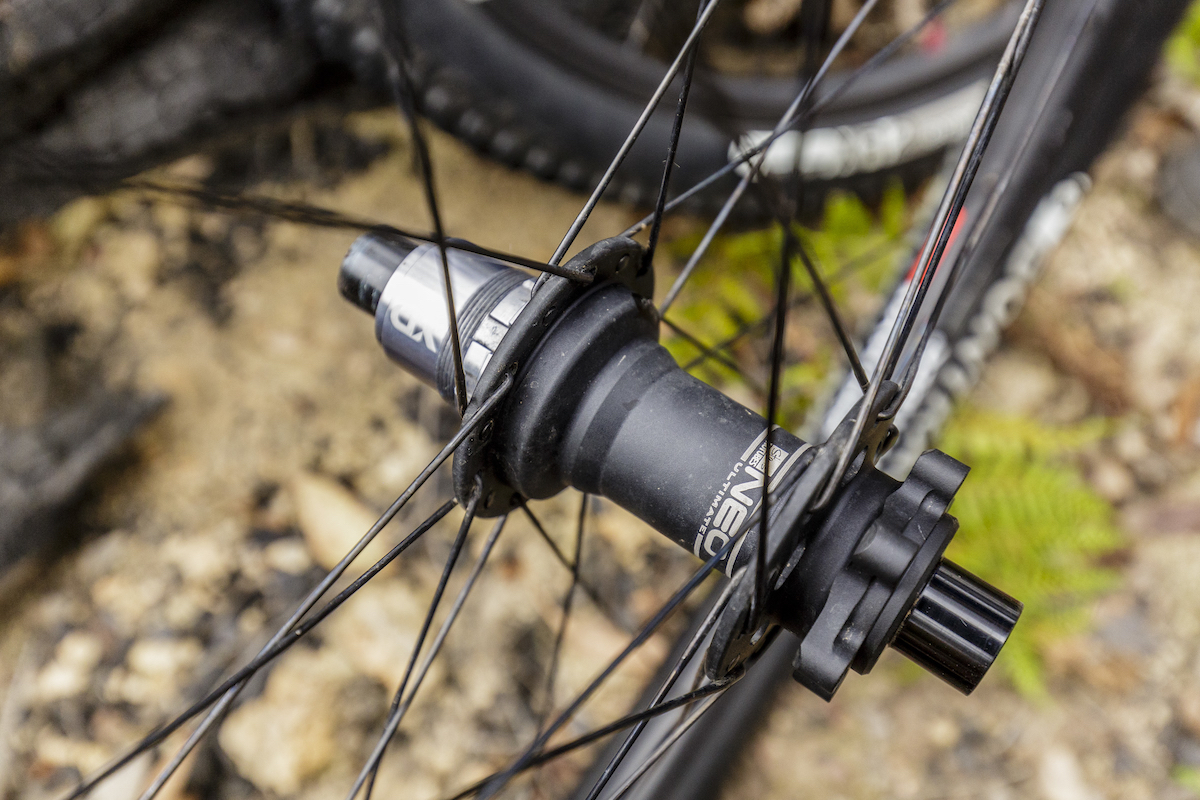
But for those who are looking for one of the lightest XC race wheelsets out there, the Valor Pro with its new Neo hubs is an excellent choice.





